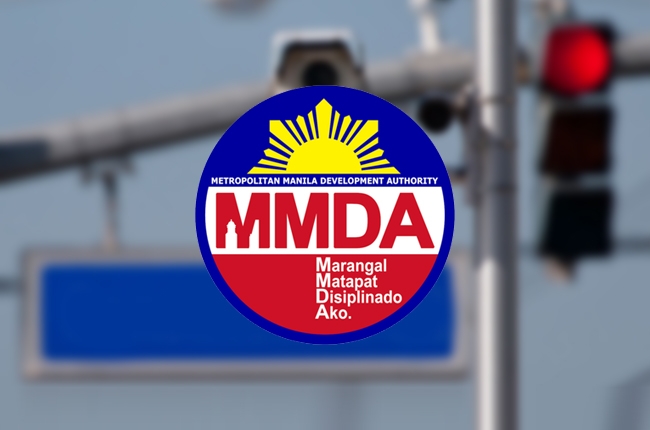
The Metropolitan Manila Development Authority (MMDA) is set to re-implement the no-contact apprehension policy starting April 15, 2016. The agency will be using close circuit television (CCTV) cameras placed along major roads of Metro Manila to apprehend erring motorists.
MMDA says the no-contact apprehension policy aims to “instill discipline” among private motorists and public utility vehicle (PUV) driver. It is also eyed to reduce cases of bribery and extortion. MMDA claims that they have at least 250 CCTV cameras that will capture and record traffic violations on the major roads of Metro Manila such as EDSA, C-5, and Commonwealth Avenue.
MMDA Chairman Emerson Carlos said in a statement that the agency have already “remedied” the legal guidelines concerning the no-contact apprehension policy. Carlos explained that the motorists can now contest the apprehension by viewing the video footage, captured by the CCTV cameras.
The violators will have seven days upon receipt of the summons from the MMDA to contest the traffic violation, based on the CCTV video footage. Motorists who have not paid their respective fines will not be able to renew their driver’s license.
Carlos clarified that MMDA constables will still “man” and “direct” traffic on the major roads of the metropolis because not all places are covered by the agency’s CCTV.
As a review, the MMDA first implemented the no-contact apprehension policy during Bayani Fernando’s term in 2009. The program was green-lit for a six-month experimental run and was later put on hold because violators must first pay the fine before contesting the apprehension.
Then, the policy was reintroduced during the term of Francis Tolentino in order to apprehend speeding motorists on Commonwealth and Diosdado Macapagal avenues. However, the no-contact apprehension policy was brought down after six months.
Latest News
-
Hyundai confirms the IONIQ 6 N Launch — Should we expect it in PH? / News
The IONIQ 6 N is coming this July, and Hyundai seems to be leaving its old spoiler behind. With the all-new rear design, the performance sedan could look sleeker than before.
-
Hyundai brings back free roadside help this holy week / News
Hyundai Motor Philippines will once again offer roadside help to travelers during Holy Week. This year marks the third time the program is being done, with select dealers ready to assist on...
-
Ford Philippines is offering a three-year free scheduled service package on their best-selling vehicles this month. / News
Thinking of owning a Ford? Ford Philippines now offers a free three-year Scheduled Service Plan (SSP) on select models.
Popular Articles
-
Cheapest cars under P700,000 in the Philippines
Jerome Tresvalles · Sep 02, 2024
-
First car or next car, the Ford EcoSport is a tough package to beat
Jun 18, 2021
-
Car Maintenance checklist and guide – here’s everything you need to know
Earl Lee · Jan 12, 2021
-
Most fuel efficient family cars in the Philippines
Bryan Aaron Rivera · Nov 27, 2020
-
2021 Geely Okavango — Everything you need to know
Joey Deriquito · Nov 19, 2020
-
Family cars in the Philippines with the biggest trunks
Sep 20, 2023
-
Head to head: Toyota Rush vs. Suzuki XL7
Joey Deriquito · Oct 28, 2020
-
Why oil changes are important for your car
Earl Lee · Nov 10, 2020
-
2021 Kia Stonic — What you need to know about it
Joey Deriquito · Oct 16, 2020
-
Top 7 tips for buying a used car in the Philippines
Joey Deriquito · Nov 26, 2020



